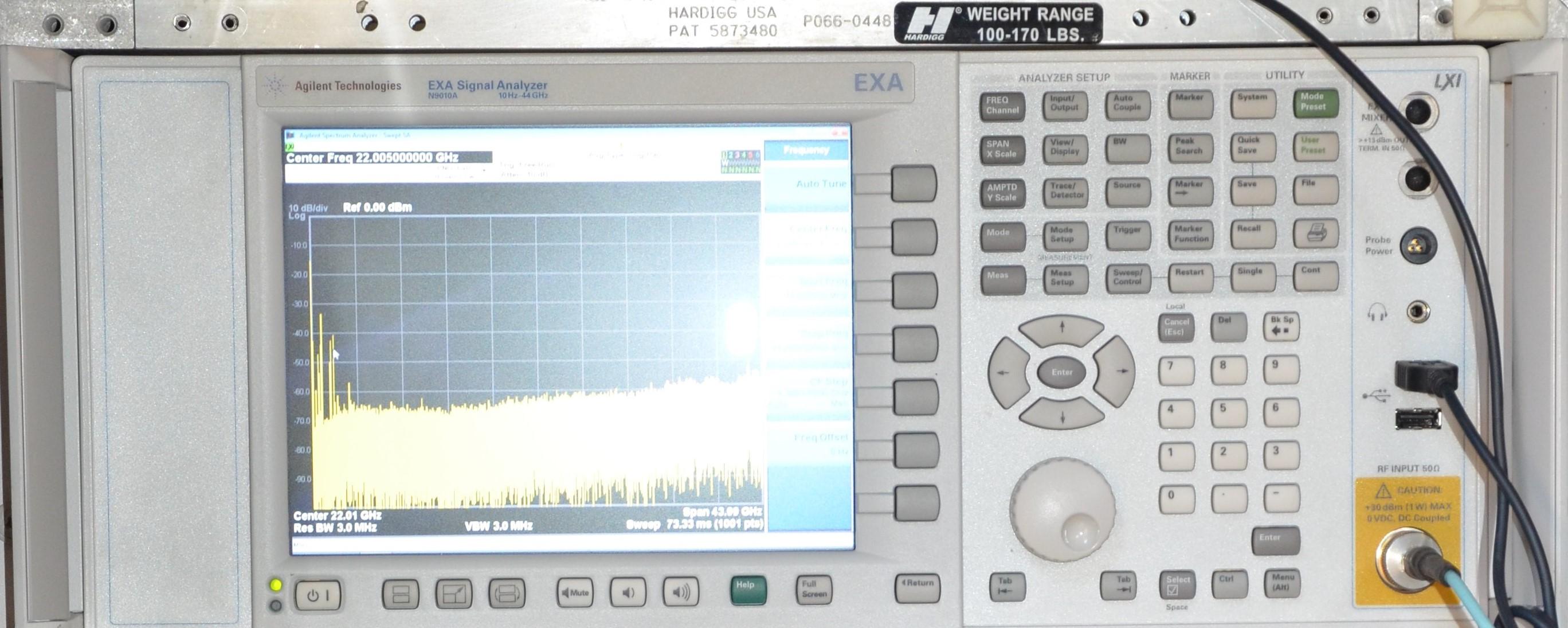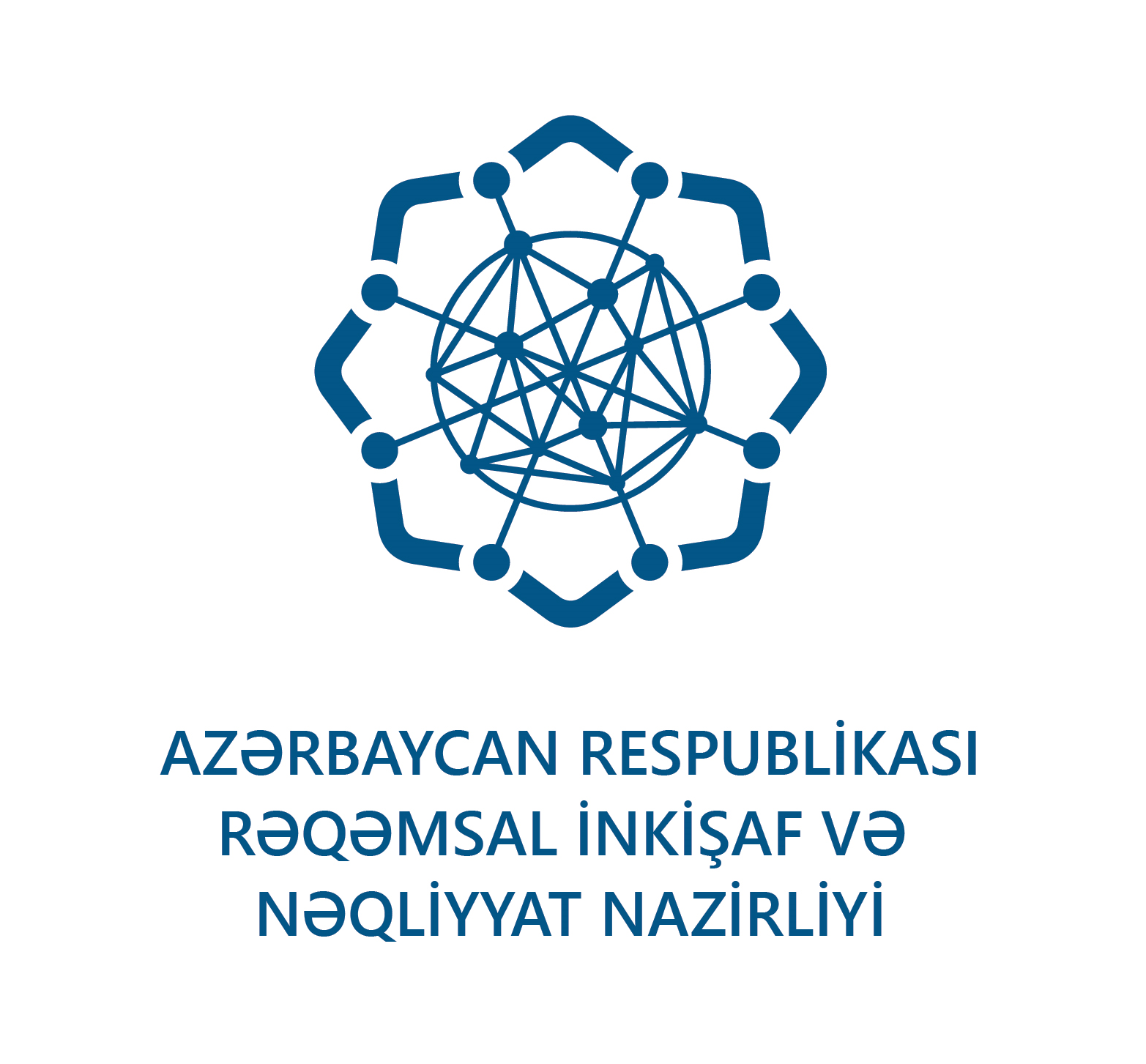The Centralized Radio Monitoring System
Radio frequency spectrum management, radio monitoring, broadcast safety, control of operation and electromagnetic compatibility of radio electronic equipment, as well as registration of radio frequencies and radio electronic facilities for civil purposes within the territory of the Azerbaijan Republic are carried out by the State Administration of Radio Frequencies.
The State Administration of Radio Frequencies works on a number of projects to ensure interference-free broadcasting for radio frequency users in accordance with new technological trends, control of external broadcasts, creation of operating conditions in accordance with modern technologies, technical requirements and the recommendations of the International Telecommunication Union.
These projects envisage the optimization of daily work, continuous development of technological infrastructure in accordance with the current requirements, operative and automatic management of interference cases, strengthening of broadcast safety control and high level of work organization.
The project envisages the establishment of a radio monitoring system that can be controlled from a common center in the country.
Due to the establishment of the centralized radio monitoring system, issues on protection and efficient use of radio frequency spectrum in accordance with the current requirements and technological trends, ensuring electromagnetic compatibility and interference-free operation of radio electronic equipment, organization of radio frequency control in conformance with the requirements and recommendations of the International Telecommunication Union and operative technical control over the operation of radio electronic facilities will be solved.
The main advantages of the Centralized Radio Monitoring System are:
· control over the efficient and effective use of radio frequencies;
· control of the frequency spectrum at any time interval;
· more flexible detection, radio monitoring and analysis of broadcast radio signals;
· automatic inspection of compliance of detected radio signals with a common registration database;
· determination of location and parameters of detected radio electronic facilities;
· organization of control over ensuring interference-free use of radio frequencies;
· obtaining of relevant information in operative manner to ensure security of broadcast and information;
· sending information by the system to corresponding agencies in accordance with the ITU recommendations and international standards for timely detection of external broadcasts and taking appropriate measures in this respect;
· organization and automation of daily radio control and radio monitoring of the State Administration of Radio Frequencies;
· Archiving of information on the use of radio communications and other radio frequencies;
· Detection and systematic analysis of radio electronic facilities and radio signals that do not meet standards and technical requirements;
· Ensuring the broadcast safety during international events.
The project envisages the installation of a system control center in Baku. Overall, maintenance-free radio monitoring stations will be installed in 50 stations throughout the country and the liberated territories. These radio monitoring stations are planned to be built in strategic places, namely, border areas, economic and industrial zones, venues for mass events and other areas.
The implementation of the project will allow to strengthen the control over broadcast safety, constant and systematic monitoring of the radio spectrum, analytical analysis, obtaining dynamic reports, archiving of on-air processes and operative fulfilment of other necessary works.
After the installation and commissioning of the radio monitoring system, the number of radio electronic devices registered at the State Administration of Radio Frequencies and the number of radio signals to be analyzed are expected to increase. On the other hand, the mentioned system will monitor the effective use of radio frequencies that will allow to assess the effectiveness of the use of allocated radio frequency nominals. As a result, new opportunities will open up for the more efficient use of unused frequency resources, and appropriate measures will be taken to ensure the intensive use of these frequency bands. All this will increase the revenues of the State Administration of Radio Frequencies along with the improvement of broadcast safety control.














